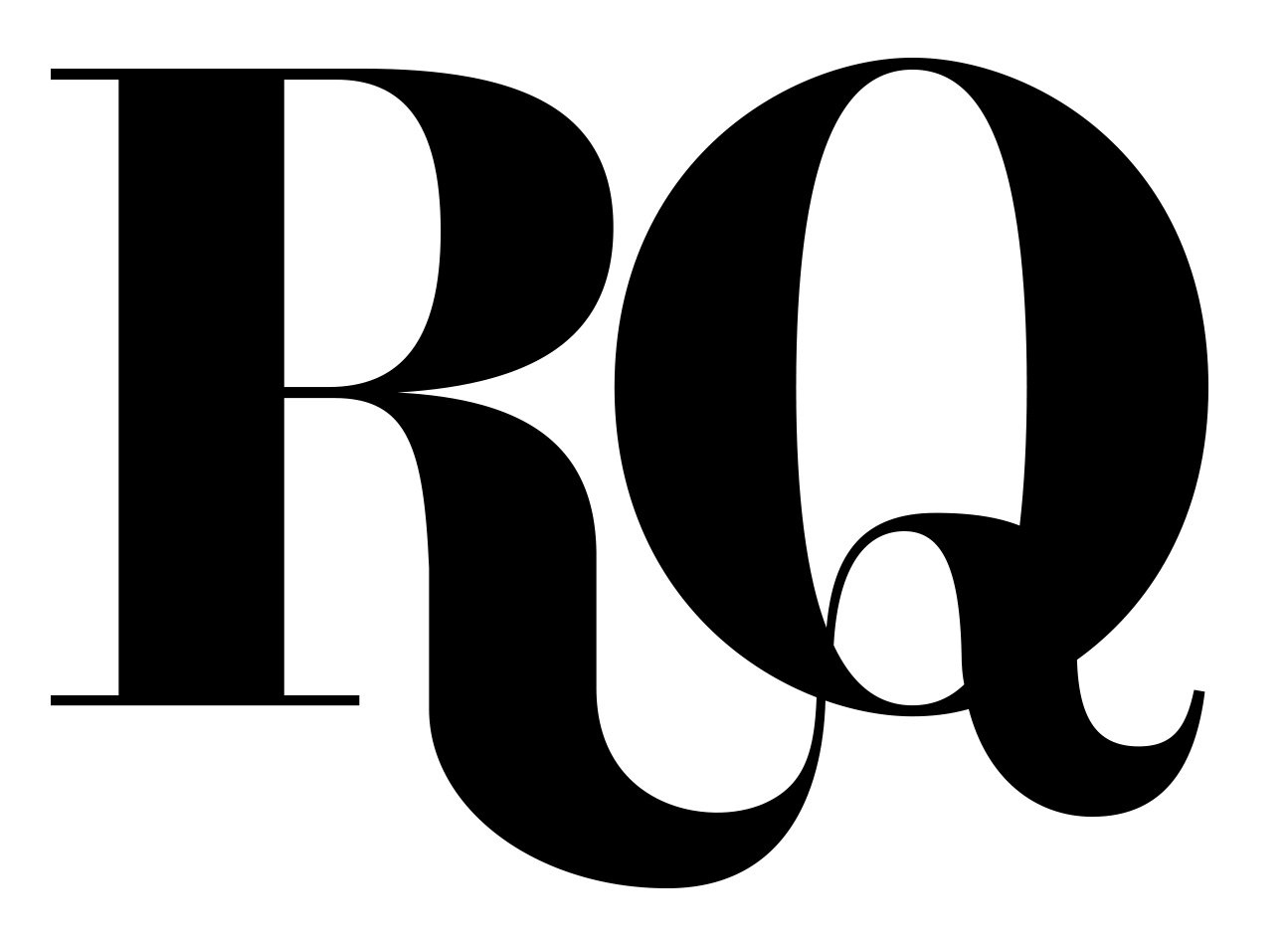POETRY // Iron Friend
By Joshua Mehigan
EXCERPT //
Your life will end. What, in light of that, is your life? Neither Borges’s “Limits” nor Wiman’s “Fifty” explicitly poses this question, but both poems give simple, universal expression to the giant abstractions lurking behind the question, which may already or always be found hanging around nearby, if you look. With naturalism and aplomb, and with none of the literary hollowness or textual difficulty we might associate with big-ticket philosophical items, both poems point to the sure, daily presence, in one’s life, of one’s own death, in order to furnish an uncanny experience of life’s value. The two poems have different emphases and moods, but each begins with the fact of death, a defining truth for all of us. And what will be its consequence to your life?
The theme of limits, specifically limits on or in life, is one of many—dreams, tigers, time, Buenos Aires, the moon, oblivion, labyrinths, libraries, mirrors, and rivers, for example—that Borges frequently revisited. The poem “Límites,” here reprinted as “Limits” in a translation by Richard Barnes and Robert Mezey, originally appeared in El otro, el mismo (1964). In a previous poetry volume, El Hacedor (1960), Borges had included an odd text headed “Museo,” ambiguously placed at the end of the assembled poems, just before its prose epilogue. Like an entry in a commonplace book, “Museo” collects six short passages attributed to other authors but given subheadings by Borges. The third, credited to the Montevideano poet Julio Platero Haedo, bears the subhead “Límites.” “There is a mirror that has seen me for the last time. / There is a door I have closed until the end of the world. / Among the books in my library (I’m looking at them now) are some I will never open. / This summer I will be fifty years old. / Death is using me up, relentlessly.” (3–7)
Comparing these lines with the fourth and sixth quatrains of “Limits,” you might wonder if you haven’t caught Borges plagiarizing. But, if you look a little further, you will find that there never was a poet named Julio Platero Haedo, and that all six “quotations” are pure Borgesian fabrication. Then, after a profound sigh, you might reconsider your unquestioned assumptions about authorship, publication, and the limits of literary immortality.
Borges published “Límites” at sixty-five, and “Museo” at sixty-one. He makes Haedo forty-nine. What is the right age to start cogitating death this way?
For full text and images, consider reading RQ in print, on a Sunday afternoon, sun streaming through your window, coffee in hand, and nary a phone alert within sight or in earshot… just fine words, fine design, and the opportunity to make a stitch in time. // Subscribe or buy a single issue today. // Print is dead. Long live print. //

